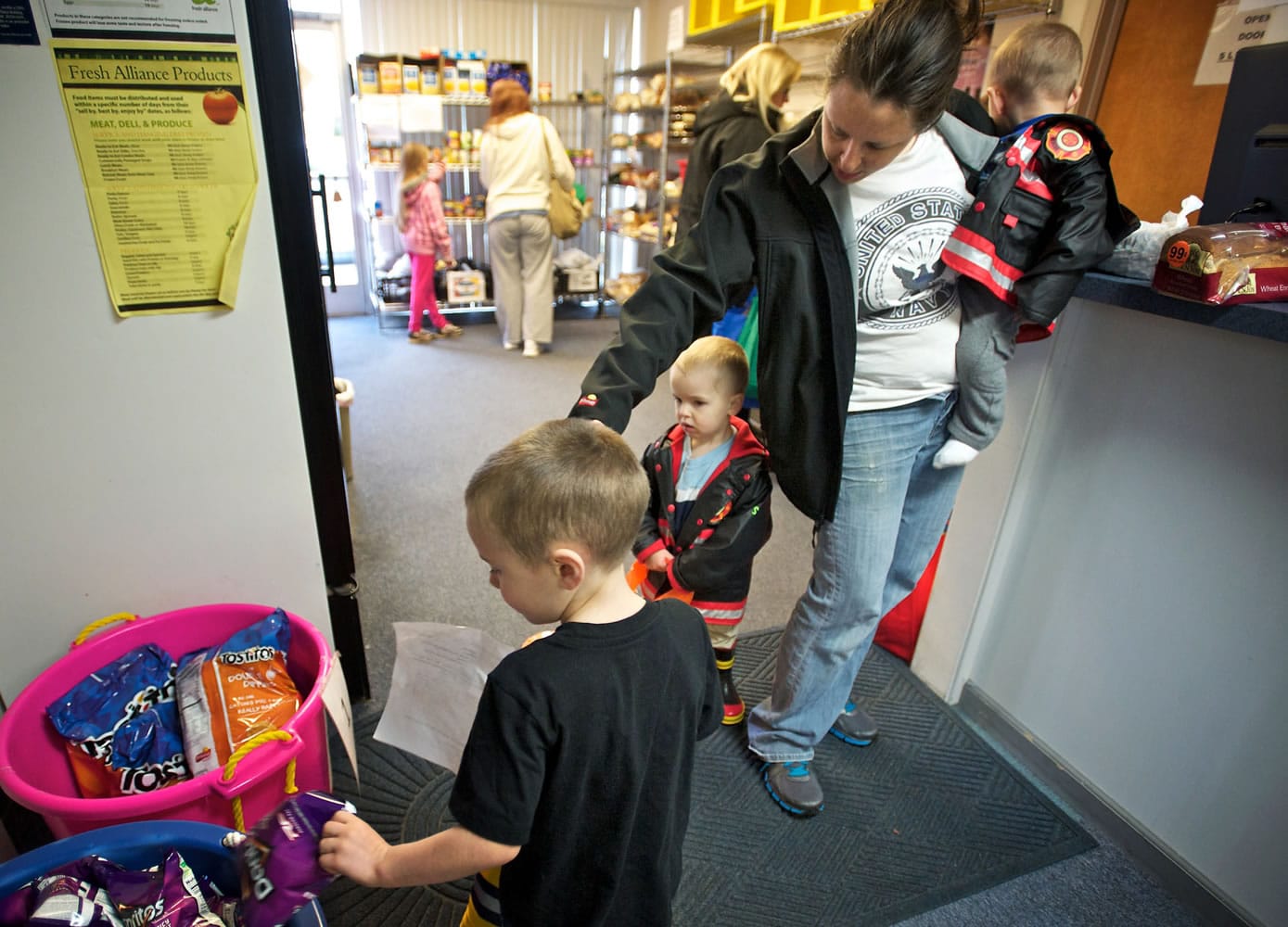Walk & Knock seeks donations, help on Saturday
Tuesday’s newspaper contains a folded paper bag. Your hungry neighbors would love it if you filled it with nonperishable food donations and left it on your doorstep or beside your mailbox by 9 a.m. Saturday.
Since the mid-1980s, the first Saturday in December has been the day of Clark County’s Interservice Walk & Knock food drive. Thousands of volunteers will spread out across Clark County to scoop up food donations and get them to local food pantries via the central Clark County Food Bank.
Canned meats and fish, beans, peanut butter, rice, soup, cereal, elbow macaroni, powdered milk, baby food, diapers and toiletries are all welcome. So are cash donations. All donations stay here in Clark County. No glass, please.
Visit http://www.walkandknock.org/ to learn more about donating and volunteering. Or call 877-99-KNOCK (877-995-6625).




